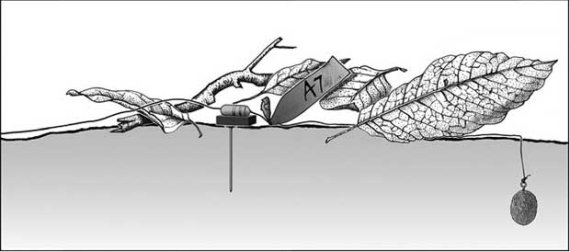It is a huge challenge for ecologists to find out how tropical seeds spread. After all, the tiny seeds can remains motionless for weeks, only to be suddenly transported by an animal. Using minute transmitters, Patrick Jansen, assistant professor of Resource Ecology, was able to track the movements of seeds for the first time. He published an article about this in the journal Plant Ecology early in May. For a year, Jansen and his colleagues followed the path travelled by palm seeds from the mother plant to their final destination. They are repeatedly carried off by small rodents called agoutis, who bury their loot in shallow pits. The seeds are then moved and reburied several times. The transmitters make it possible to track the process step by step. The tracking system uses miniature transmitters attached to the seeds with a guitar string. To save batteries, the transmitters are equipped with a magnetic switch. Whenever the agouti moves the seed, it activates the transmitter itself. The method is a tremendous advance on older methods in which a seed was attached by a thread to a flag that stayed above the ground when the seed was buried. But finding all the flags is a devil of a job, says Jansen. ‘In the tropical forest of French Guyana, at one point I couldn’t see any more threads.’ The biggest disadvantage is the price tag, as the transmitters cost about 150 euros each.
Smart transmitters track tropical seeds
New method clarifies the distribution of palm seeds.

